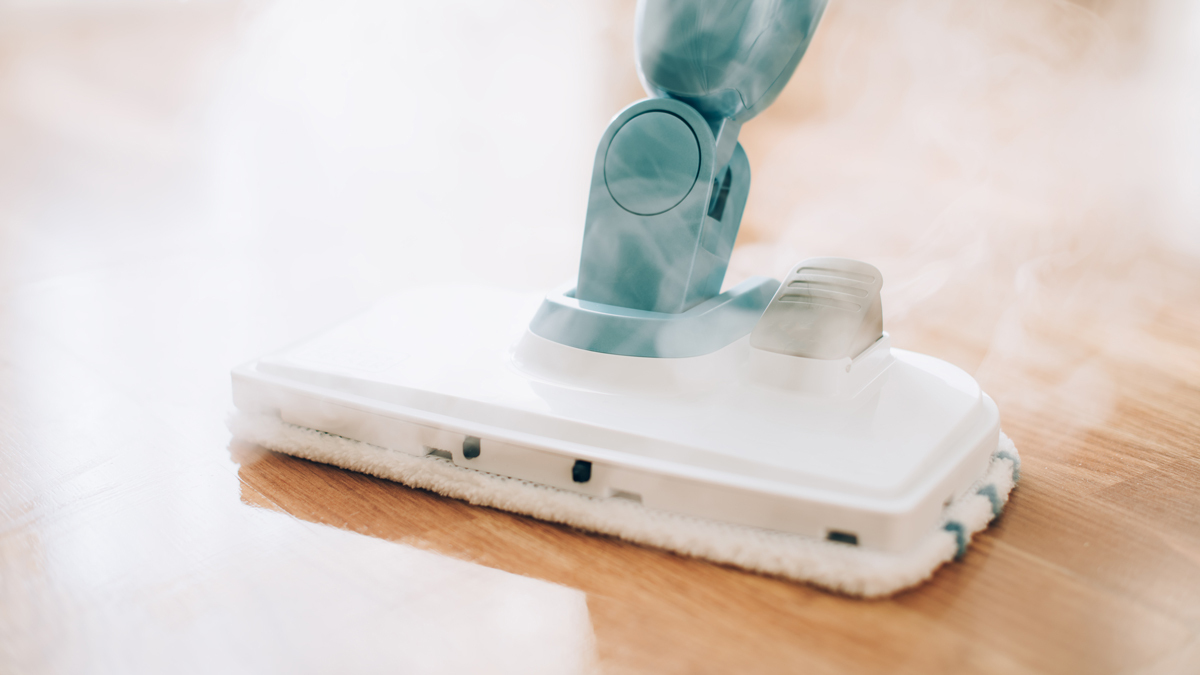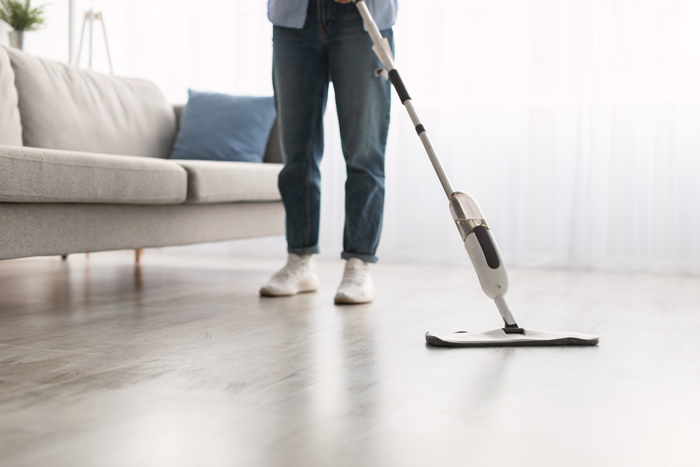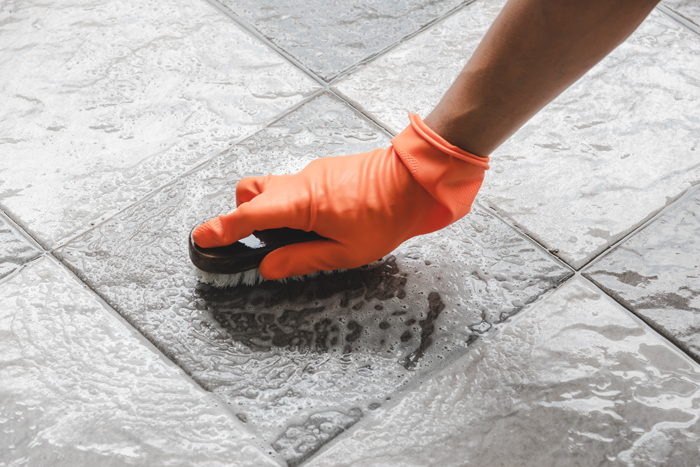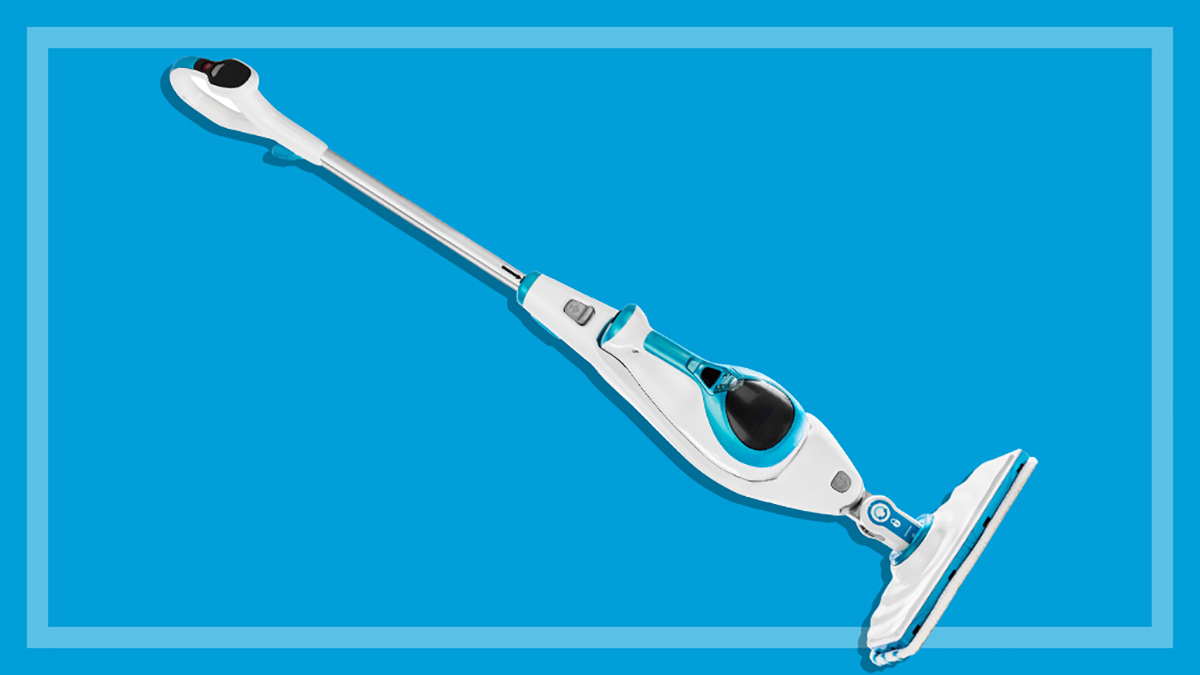Get our independent lab tests, expert reviews and honest advice.
Steam mop dos and don’ts

Need to know
- Steam mops can be a handy replacement for an old-school mop and bucket, but there are some limitations to their use
- Many mops claim to destroy up to 99.9 percent of germs and bacteria on surfaces, however this depends on how they are used
- Our CHOICE experts have reviewed a wide range of popular steam mops ranging from $49 to over $1000 – become a CHOICE member to read the full reviews
A steam mop promises a deep clean, free from harsh chemicals and messy mops and buckets. But, while they can be a great weapon in your housekeeping arsenal, there are some things you should know.
Some models come with a high price tag – upwards of $300 – but, as our tests reveal, their performance can sometimes be matched by a cheap, manual mop and a bit of elbow grease.
With a bit of know-how, a steam-powered clean can leave your floors sparkling. So, if you’re looking to purchase a steam mop or even if you have one already, it pays to get to know their limitations and make sure you don’t expend valuable energy pushing dirt from one corner to another.
Here’s our list of dos and don’ts to help clear the path to steaming success.
Do: Wipe up excess dirt before steaming
Steam mops essentially employ steam to loosen grime, which the mop head then clears away, but there’s no suction element in this appliance. This means that surface dirt will need to be vacuumed or swept up before you begin or you’ll only succeed in pushing dirt across the house.
For this reason, the steam mop will never usurp the position of your trusty vacuum cleaner, so don’t throw it out just yet.
Don’t: Believe stains will be wiped away in one sweep
A steam mop can do wonders on new stains, however, older stains that have had time to settle in and get comfortable may be tougher to budge. A steam mop’s efficacy on stains will also depend on the flooring and surface – the more porous, such as grout, the harder to clean.
Our team tested steam mops on cola and tea stains in grout with very poor results. Largely, the mop head isn’t designed to get into those spaces, but also, stains on grout often require more than just hot water, which is, after all, the steam mop’s only ammunition.
While some mops do come with attachments to help access crevices, you’ll find a bit of detergent and a good old scrub is going to yield a more satisfying result.
Don’t: Expect it to sanitise effectively
Since the COVID-19 pandemic, products that sanitise surfaces without the use of chemicals have become highly sought after. There are many claims that steam mops destroy up to 99.9 percent of germs and bacteria on surfaces (some even claim to destroy the coronavirus).
Although technically true, it’s a little more complicated than running a steam mop over the floors and awarding yourself a gold star in sanitation.
Steam mops can remove bacteria and viruses … [but] you may need to hold the steam mop against the surface for a long period of time – and doing this could damage your floor
Kim Gilmour, CHOICE household expert
CHOICE expert Kim Gilmour explains: “While steam mops can remove bacteria and viruses, in practice there needs to be a continuous high heat for the full sanitising effect, which means you may need to hold the steam mop against the surface for a long period of time – and doing this could damage your floor, or the boards underneath.”
Don’t: Use it to clean up large spills
For big splashes and spills, leave the steam mop in the cupboard and haul out the trusty mop and bucket. As convenient as steam mops are for a quick and easy clean, they don’t have the capacity to soak up large amounts of liquid. There are some jobs better left to tried-and-true methods.

Do: Make sure your floor type is suitable
Steam mops are fine on most sealed, hard floors, but there are a few hidden deal-breakers here.
Cork tiles and unsealed or waxed hardwood floors can be damaged by a steam mop, and there is debate about whether any wooden floors (sealed or not) will withstand steam cleaning. This is because there’s a risk that steam forced into cracks will result in swelling and warping and also the production of mildew.
For the same reason, some manufacturers don’t recommend steam mops on linoleum or vinyl floors or they may suggest a low setting, so read the instructions carefully to be sure you don’t void your warranty. Better yet, check with the manufacturer of your floors to ensure a steam mop is safe to use.
For ceramic or porcelain tiles, though, steam away merrily!
Do: Use it regularly
For best results and ongoing maintenance, pull out the steam mop weekly. This way, you make sure there’s no heavily built-up grime and stains that are difficult to steam away.
But it’s also good to give the steam mop a rest once a month and get stuck into the floors with a hearty scrub using a mop, bucket and floor detergent.
Do: Use it for carpet and windows
Some models come with a carpet glider for giving those softer-underfoot areas a freshen up. However, while a steam mop is handy for revitalising fibres and removing odours, it’s not a substitute for a carpet steamer, which actually removes dirt and stains.
You can also find models with a window-cleaning attachment for smudge-free glass.

Do: Wash the mop pad after each use
Yes, this one does seem obvious, but it’s still worth a reminder, especially for those times when we may be in a rush.
Apart from not wanting to wash floors with a dirt-soaked pad the next time you pull out the mop, there’s also the matter of nasties taking up residence in that germ-friendly, damp environment.
“Bacteria and viruses may transfer to the mop pad, so be sure to throw it into the laundry after use as the detergent will break down the germs,” says Kim.
It’s also a good idea to chuck the pad into the washing machine with equally soiled items or by itself to ensure the dirt doesn’t simply transfer to other garments. And if your floorspace is large, it’s best to change the pad mid-clean at least once.
Do: Check out our reviews before you purchase
Our CHOICE experts thoroughly review the most popular steam mops on the market across a range of budgets and, spoiler alert, more expensive doesn’t necessarily mean more effective.
We test everything from how wet the floor remains after cleaning to how easy they are to use and the water tank volume.
So to make sure you choose the best model for your needs and budget, check our detailed steam mop reviews before you splash out.






